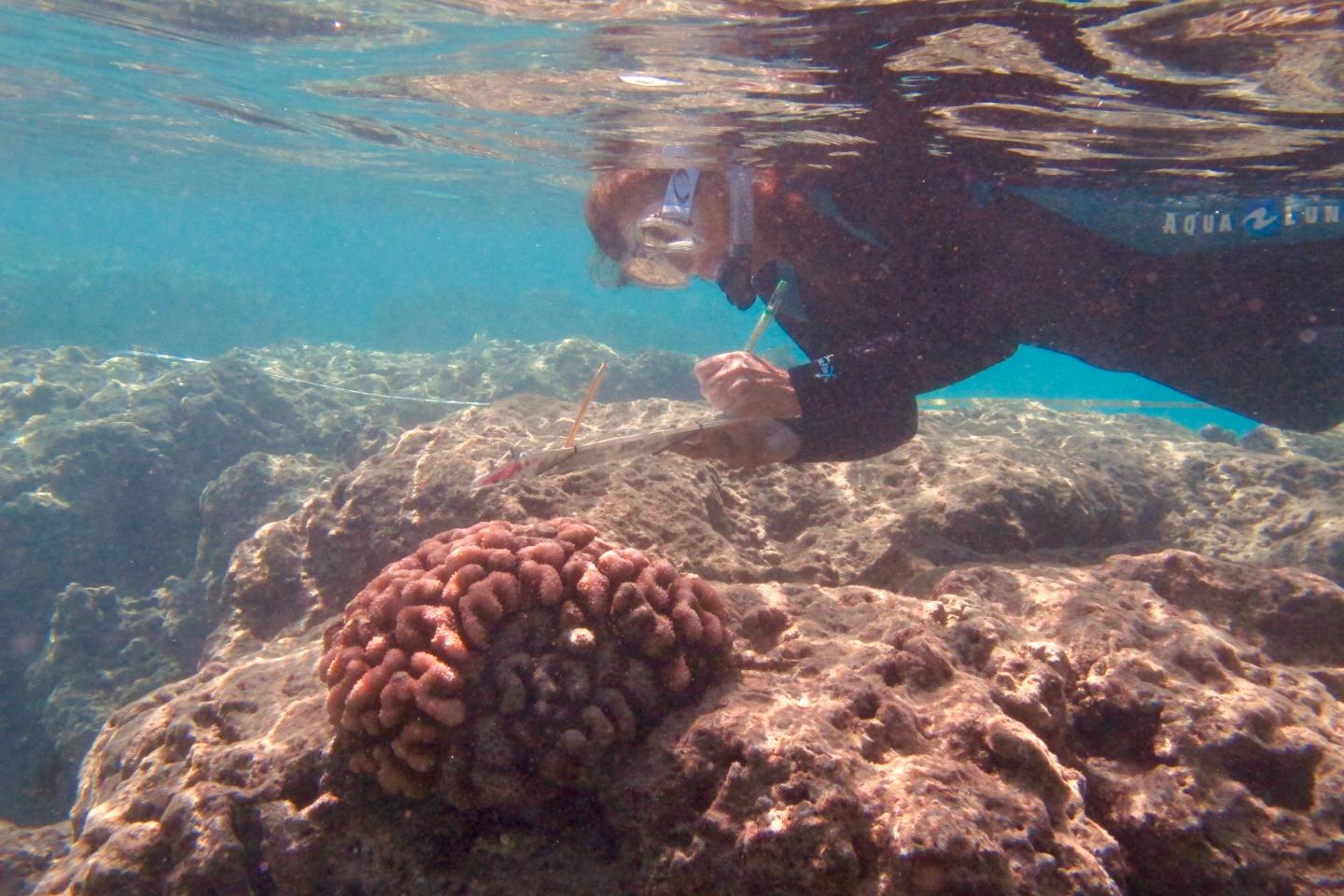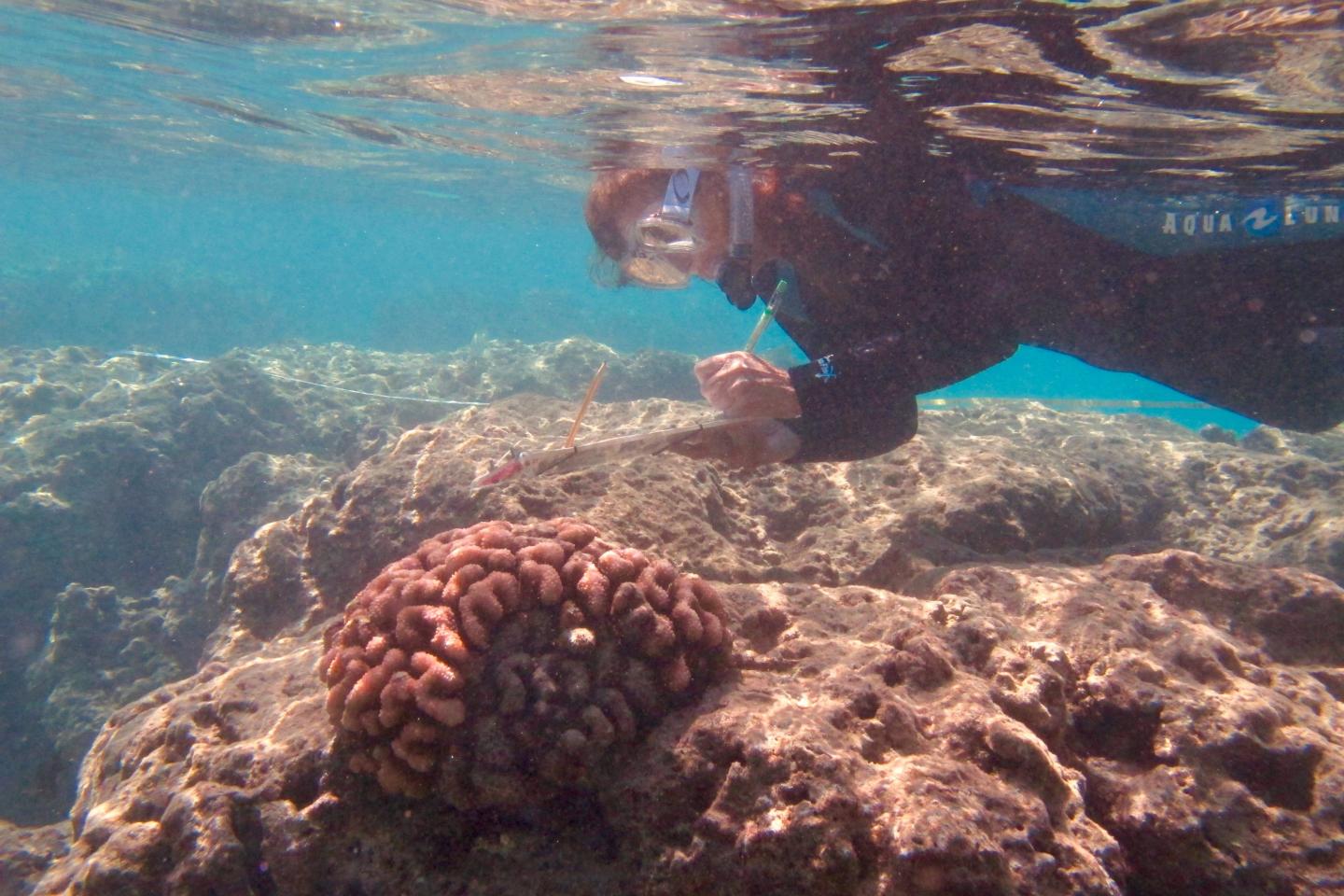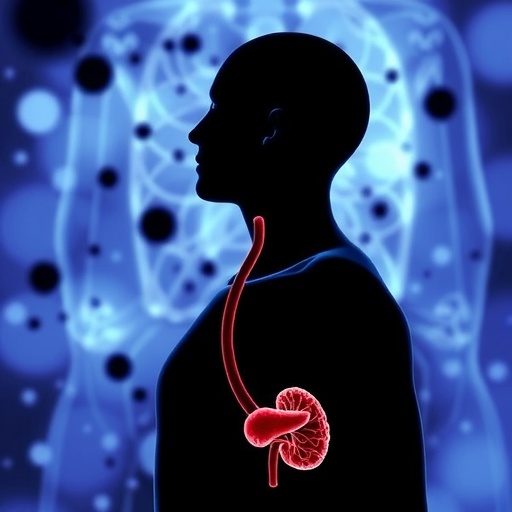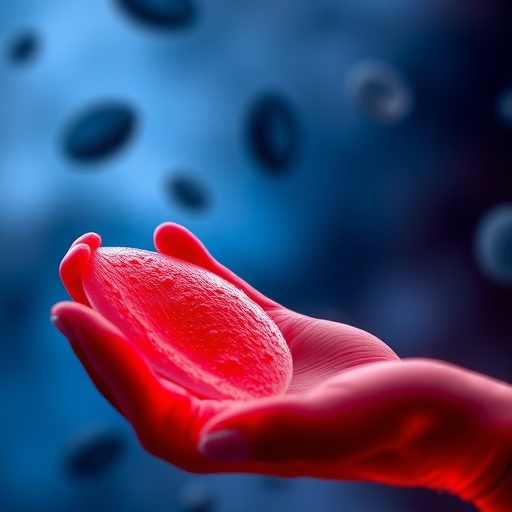
Credit: Keisha Bahr
Corals in peril at a popular Hawaiian tourist destination due to global climate change
Despite state protected status, nearshore corals at the Hanauma Bay Nature Preserve on O'ahu, Hawai'i are at risk as the global trend in warming seawater temperatures continues.
Researchers from the Coral Reef Ecology Lab at the Hawai'i Institute of Marine Biology documented the third global bleaching event as it occurred from 2014 to 2016 at the Hanauma Bay Nature Preserve (HBNP) on the island of O'ahu, Hawai'i.
Dr. Paul Jokiel (in his final field research before his passing in April 2016) and team investigated the extent of the 2014 and 2015 bleaching events and the underlying causes of the patterns observed. They found that 47% of reef flat corals at HBNP bleached overall and 9.8% of corals died at Hanauma Bay during this time.
Their findings, published in the international journal PeerJ, show that temperature is by far the most influential factor in coral bleaching at this well-managed location where corals, fish, and all other organisms are protected.
The warmer seawater temperatures that negatively affected coral reefs in Hawai'i — and across the globe — are tied to the drastic increases in global carbon emissions of the past several decades.
The researchers explain that despite past and current efforts to protect and manage this valuable coral reef ecosystem, carbon will continue to be absorbed by the ocean and water temperatures will continue to rise.
Bleaching occurs when the corals expel algae from their tissue as a stress response to environmental factors. Without the algae, the corals begin to starve.
Dr. Jokiel's Coral Reef Assessment and Monitoring Program (CRAMP) has been monitoring the HBNP since 1999 and surveys already showed a significant decrease in shallow coral cover in 2002.
Reef-building corals at HBNP form a barrier from one end of the bay to the other that separates the shallow nearshore from the deeper seaward regions. This barrier and its two channels, influence how cool water is carried from the open ocean to shore and how it subsequently exits the bay.
These water flow patterns were a major focus of the study as the researchers wanted to determine why bleaching occurred more severely in certain areas of the preserve. They found the highest amount of bleaching and mortality in areas where water tends to warm up and pool for extended periods of time. Other areas benefit from a circulation pattern that flushes cool water in and warm water out more quickly.
Hanauma Bay Nature Preserve receives a million visitors annually and is a Marine Life Conservation District with strict enforcement of no-take fishing regulations. Large fish and great diversity of marine life are advertised benefits that attract visitors to the most popular snorkeling location in the Hawaiian Islands.
The lack of direct human fishing and harvesting pressure has resulted in an ecosystem that appears more diverse than other locations on O'ahu, however, coral cover continues to decrease. Without living coral tissue, the physical framework of the reef will continue to erode and will cease to provide the numerous services, i.e., shelter, food, to reef-dwelling creatures, including fishes.
"Warmer seawater temperatures are again predicted for the Hawaiian Islands in 2017 with the grave possibility of more coral bleaching and mortality", explains Dr. Keisha Bahr.
Dr. Ku'ulei Rodgers adds, "Global climate change poses a direct threat to the biological sustainability of the protected reefs of Hanauma Bay Nature Preserve and a clear economic and cultural threat to the state of Hawai'i."
###
Full Media Pack including images: https://drive.google.com/open?id=0BzGrFBtalE6wN3R5Q2FleFdFcDg
PDF of this Press Release: http://static.peerj.com/pressReleases/2017/05/Press-Release-Richards-Dona.pdf
Link to the Published Version of the article (quote this link in your story – the link will ONLY work after the embargo lifts): https://peerj.com/articles/3355/ your readers will be able to freely access this article at this URL.
Citation to the article: Rodgers et al. (2017), Patterns of bleaching and mortality following widespread warming events in 2014 and 2015 at the Hanauma Bay Nature Preserve, Hawai'i. PeerJ 5:e3355; https://doi.org/10.7717/peerj.3355
About:
PeerJ is an Open Access publisher of two peer-reviewed journals and a preprint server. PeerJ is based in San Diego, CA and the UK and can be accessed at https://peerj.com/. PeerJ's mission is to help the world efficiently publish its knowledge.
All works published in PeerJ are Open Access and published using a Creative Commons license (CC-BY 4.0). Everything is immediately available–to read, download, redistribute, include in databases and otherwise use–without cost to anyone, anywhere, subject only to the condition that the original authors and source are properly attributed.
PeerJ has an Editorial Board of over 1,600 respected academics, including 5 Nobel Laureates. PeerJ was the recipient of the 2013 ALPSP Award for Publishing Innovation. PeerJ Media Resources (including logos) can be found at: https://peerj.com/about/press/
Media Contacts:
For the authors:
Angela Richards Donà
University of Hawaii at Manoa
Marine Biology Department
2450 Campus Road
Dean Hall
Honolulu, HI 96822
[email protected]
For PeerJ: [email protected] , https://peerj.com/about/press/
Note: If you would like to join the PeerJ Press Release list, please register at: http://bit.ly/PressList
Media Contact
Angela Richards Dona
[email protected]
@ThePeerJ
http://https://peerj.com
############
Story Source: Materials provided by Scienmag





